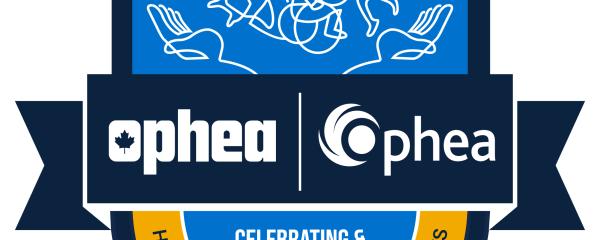Food literacy and media literacy are concepts that can be taught leveraging the Media Literacy Strand in The Ontario Curriculum, Grades 1–8: Language (2006).
The Media Literacy Strand focuses on helping students develop the skills required to understand, create, and critically interpret media texts. It examines how images (both moving and still), sound, and words are used, independently and in combination, to create meaning. It explores the use and significance of particular conventions and techniques used in media and considers the roles of the viewer and the producer in constructing meaning in media texts. Students apply the knowledge and skills gained through analysis of media texts as they create their own texts (Ontario Ministry of Education, 2006).
Connections to food literacy may include having students critically examine a variety of media texts used to advertise food and influence customer food choices in order to identify a text’s purpose and intended audience, analyze overt and implied messages, and express their thoughts and feelings about the text. Students then apply their understanding to create media texts for a chosen audience in order to promote making healthier food choices for themselves and others. Specific learning may include:
- Understanding Media Texts:
- Identify the purpose and intended audience of media texts, such as television commercials designed to sell breakfast cereal or soft drinks.
- Identify overt and implied messages in simple media texts, such as in advertisements, on billboards, or in cartoons.
- Express personal thoughts and feelings about simple media works and explain one’s responses, such as why one product is more or less appealing than another.
- Describe how different audiences might respond to different texts.
- Identify who makes the media texts and why they are produced.
- Understanding Media Forms, Conventions, and Techniques:
- Identify some of the elements and characteristics of selected media forms, such as television commercials or print advertisements.
- Identify the conventions and techniques used in some familiar media forms, such as commercial, print, or electronic media.
- Creating Media Texts:
- Identify the topic, purpose, and audience for media texts they plan to create.
- Identify an appropriate form to suit the purpose and audience for a media text they plan to create.
- Produce media texts for specific purposes and audiences, using a few simple media forms and appropriate conventions and techniques.
References
Adapted from: Ontario Ministry of Education. (2006). The Ontario Curriculum, Grade 1–8: Language, page 13.




